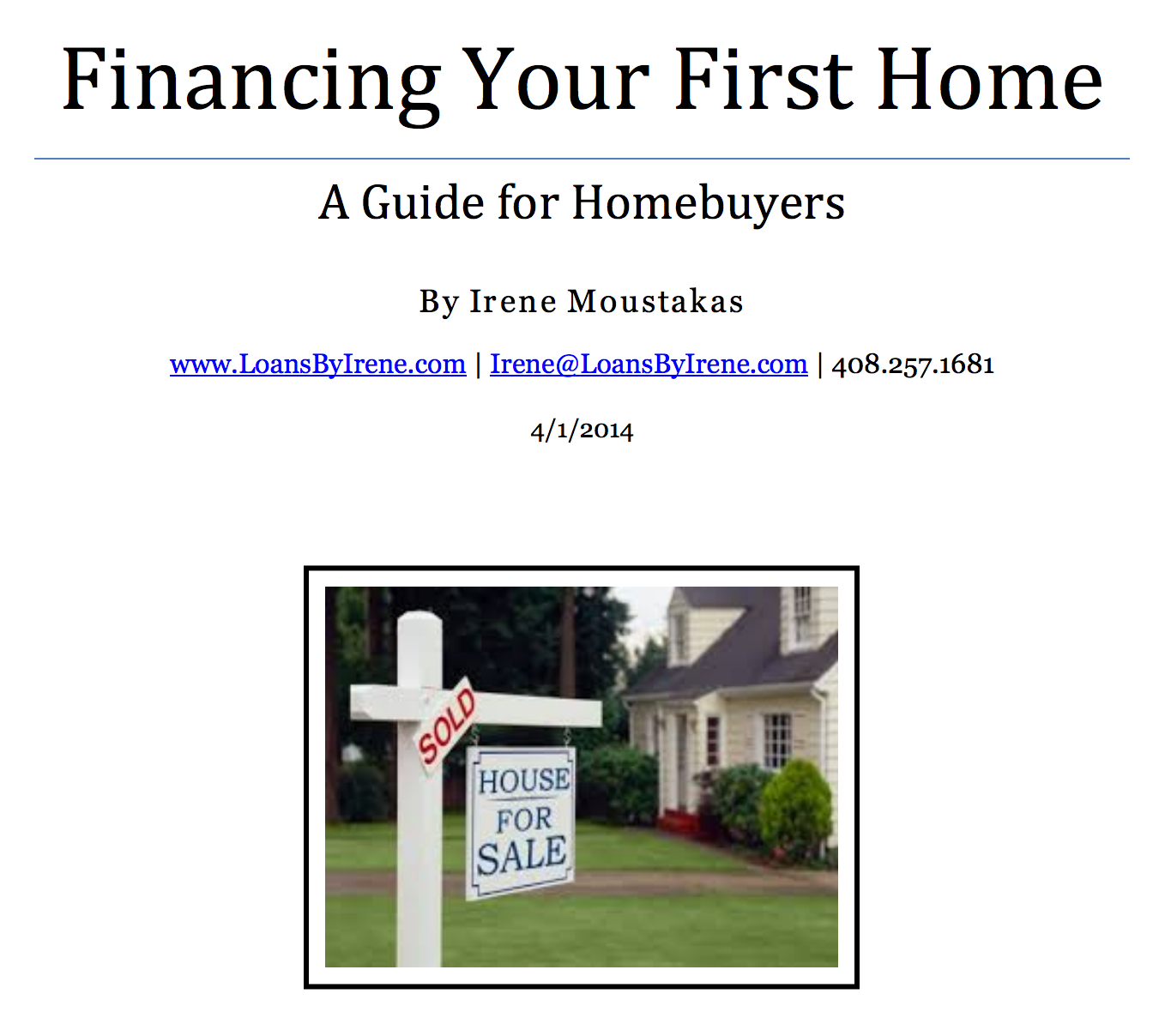It is not an unusual situation to want to buy a new home prior to selling your current; the biggest reason is that you save the hassle (and fees) of moving twice. Although the market is becoming a little more buyer-friendly, there still is enough demand (coupled with low inventory) that it would be difficult to get a contingent offer accepted. A contingent offer means that you buying the new home is contingent on selling your current. It’s ideal for you as the buyer because you would have your net proceeds to put down on the new home prior to closing; however, it’s difficult for such an offer to be accepted, especially if you are competing against another offer where there is no such contingency. So then what are your choices if you want to sell your current home after you purchase the new?
If you have enough cash for a down payment on the new home without selling, AND qualify with both housing payments:
- This situation is pretty streamlined and easy since you have the down and qualifying is a non-issue. You move into your new home and sell your current at your leisure. If you wish to pay down the balance of the new home’s loan with proceeds from your sale, then you can look into either refinancing or recasting your mortgage.
If you need your home’s equity as cash for the down payment, then the options depend on if you qualify for both housing payments or do not qualify:
If you qualify with both housing payments:
- You can secure an equityline (Home Equity Line of Credit (HELOC)) ahead of house shopping, and that HELOC can serve as your down payment on the new home. Do note that some lenders charge an Early Closure Fee if you sell your home, but for those that do, cost is typically a few hundred dollars and therefore nominal in the scheme of what you are looking to accomplish. The cost of a HELOC is anywhere from $0 to $2000.
- You can secure a cross-collateralization loan for up to 100% financing, as long as you have sufficient equity in your current residence. This loan is in 1st position on both your current home and the new home and will allow you to make a non-contingent offer. The fee for this type of loan is $10,000. Once your home is sold, the portion of the loan that belonged to your old home is released and the remaining loan is automatically recasted.
If you do not qualify with both housing payments:
- You can convert your current home to a rental property in order to use rental income to offset the payment and use that to qualify. The requirements to use rental income are: (a) fully executed rental agreement with minimum 12-month term; (b) proof the security deposit has been deposited into your account, and with some lenders they will also require: (c) minimum 30% equity in your existing home.
- Departing Residence Program: This also allows you to use rental income on your current home, but does NOT require the rental agreement or proof of security deposit; the lender will require a rental survey provided by the appraiser and use that to offset your current housing payment. The additional cost of this is $5000 as a program fee.
- If your new loan amount is non-jumbo (in high-cost counties, any loan amount up to $1,089,300) and you can provide an executed contract from a buyer that has removed contingencies, then we do not need to count your existing housing payment against you.
- “Buy Before You Sell” program: One of my lenders is offering this program. They guarantee that they will buy your home after 90 days of closing on the new purchase if you do successfully sell as you naturally would. The lender is participating in this program and will not count your existing housing payment against you. The fee for this program is 2.4% of the sales price of the home you are selling, collected in escrow as part of your closing costs.
- You can secure a bridge loan, in which you can access your home’s equity. This is a private money, short-term, high interest rate loan with no prepayment penalty. In my experience, this type of loan is rarely used due to how expensive it is; in high-cost Bay Area counties, it ends up costing tens of thousands of dollars, but it certainly is an “easy” way to get into a new home without selling.
As you can see, there are options to buying a new home prior to selling, but they are dependent on equity and qualifications, and the cost of the program options would of course be a consideration. Contact me if you have any questions or have any real estate financing needs.



